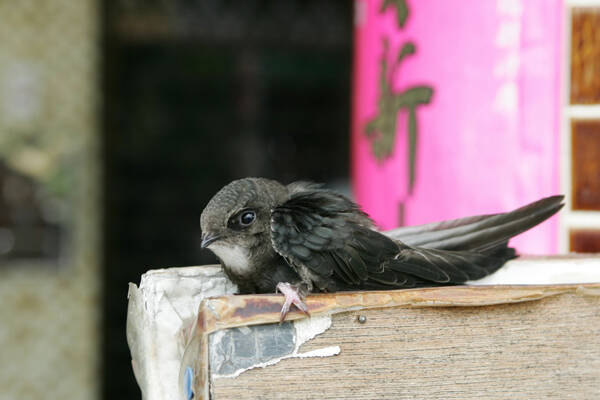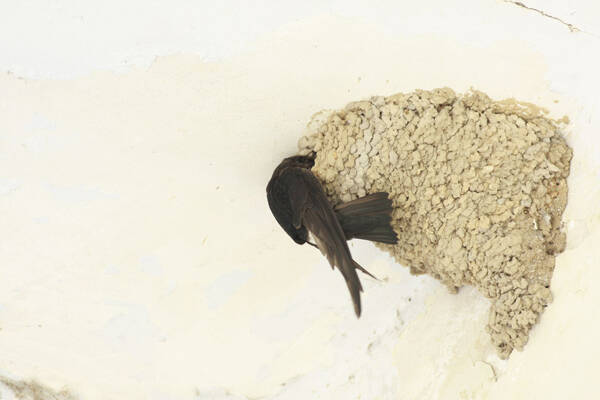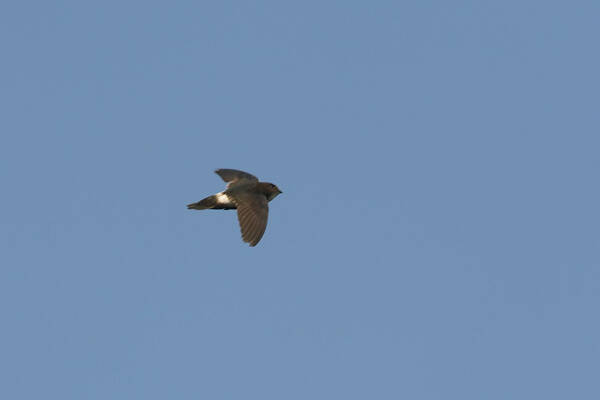Apus nipalensis
IUCN
LCBasic Information
Scientific classification
- name:Apus nipalensis
- Scientific Name:Apus nipalensis,Little Swift
- Outline:Climbing birds
- Family:Apodidae Apoda
Vital signs
- length:110-140mm
- Weight:25-31g
- lifetime:
Feature
The back and tail are dark brown with a slight bluish green sheen. The tail is flat and slightly concave in the middle.
Distribution and Habitat
In China, it breeds in most of the southern region and Hainan Island, and is a resident bird on Taiwan Island. Abroad, it is found in Africa, the Middle East, India, the Himalayas, Japan, Southeast Asia, the Philippines, Sulawesi and the Greater Sunda Islands.
The small white-rumped swift mainly inhabits various habitats such as open forests, towns, cliffs and rocky islands. It can be found on rock walls, caves and even buildings in towns. The habitat height reaches 2,100 meters.
Appearance
Blackish, with white throat and waist, it is different from the larger white-rumped swift in that it is darker in color, with whiter throat and waist, and its tail is almost flat. The iris is dark brown, the bill is black, and the feet are dark brown.
Details
The small white-rumped swift lives and moves in groups. Sometimes it also flies in the air with house swallows. It flies fast, often with a period of rapid flapping wings followed by a period of gliding, and the two are often performed alternately. It will make a relatively sharp call in the evening to midnight and early morning. Its range of activities is relatively wide, from villages and towns to high mountains and dense forests. After rain, it is often seen flying in groups over the karst cave area, sometimes circling in unison. During the mating period, the male and female chase each other. The call is particularly loud, making a "hiss-hiss-hiss" sound. It catches mosquitoes and other Hymenoptera insects for food.

The breeding season is from March to May. Male and female nest together, and the nest is built on cliffs, caves or walls and ceilings of buildings. It is made of plant fine fibers, grass, feathers, kapok fluff, reed fluff and soil, mixed with parent bird saliva or wet mud. The nest is spherical or oval, soft and shiny, and slightly sticky. They often nest together in pairs or small groups. The shape of the nest is disc-shaped, cup-shaped, spherical, etc., depending on the nesting environment. The outer diameter of the nest is 12-20 cm, and the inner diameter is 7-10 cm. The nest is extremely soft and smooth, especially the nest mouth. The nest is often padded with fine grass stems and feathers. Each nest lays 2-4 eggs. The size of the eggs is 21-26×14-16 mm, with an average of 22.7×15.0 mm. The male and female take turns incubating the eggs.

Listed in the "Red List of Threatened Species of the World Conservation Union" (IUCN) 2016 ver3.1-Least Concern (LC).









